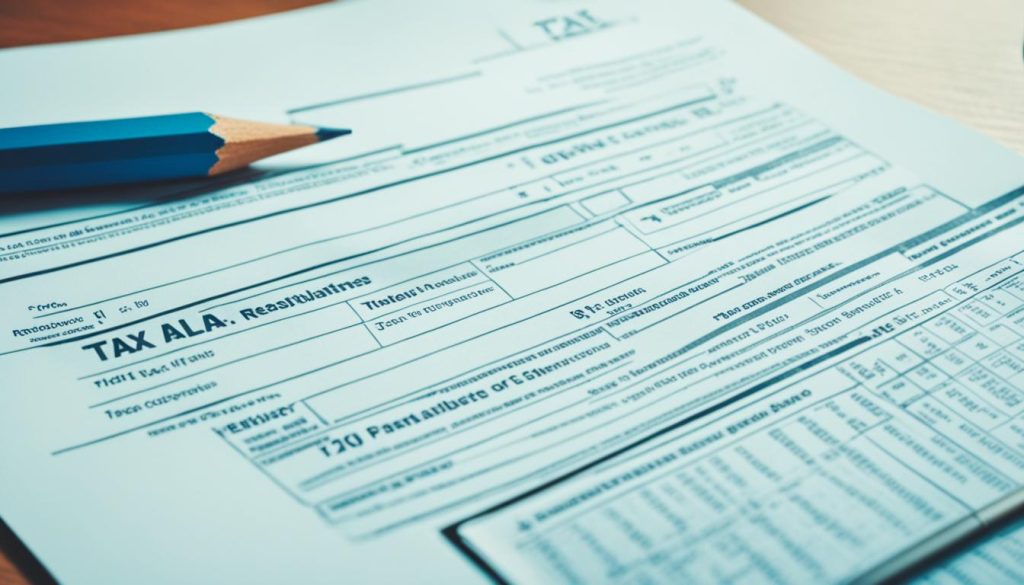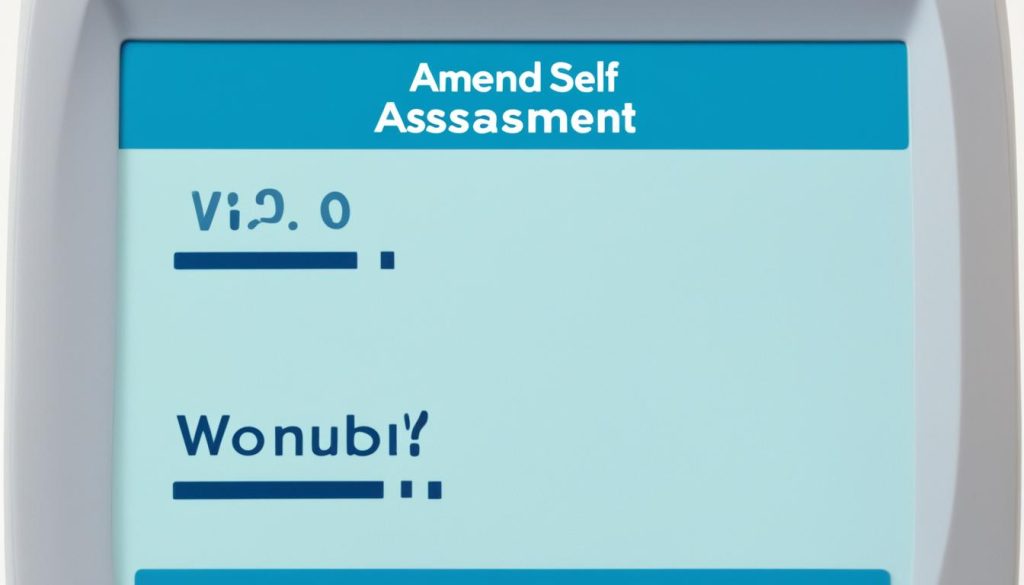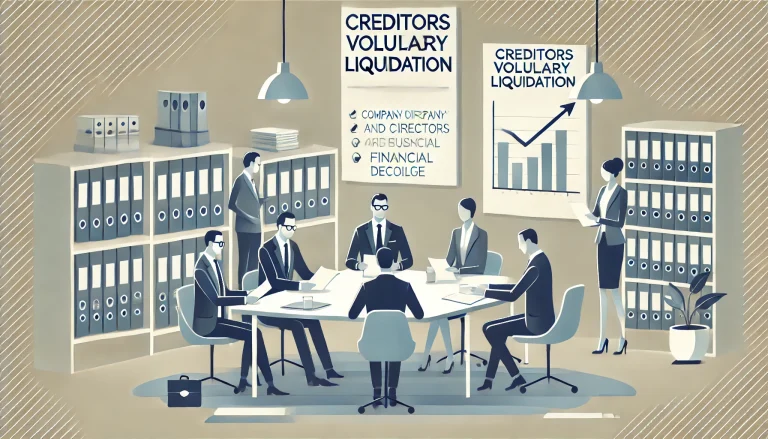Welcome to our comprehensive guide on how to effectively amend your self assessment tax return. Whether you need to update your tax return, correct errors, or revise your self evaluation, we’ve got you covered. In this article, we will provide you with essential tips and step-by-step instructions on how to navigate the process smoothly and avoid potential pitfalls.
Amending your self assessment is a crucial step to ensure the accuracy of your tax information and comply with the regulations set by HMRC. Whether you have realized a mistake in your original submission or have new information to include, it’s important to take the necessary steps to amend your tax return as soon as possible.
By following our expert advice and guidance, you’ll be able to navigate the process with confidence and peace of mind, saving both time and unnecessary stress. Read on to discover how to amend your self assessment tax return and stay on top of your financial obligations.
When to Amend Your Self Assessment?
Amending your self assessment tax return may be necessary if you discover errors or omissions in your original submission. It’s important to make amendments promptly to meet the self assessment deadline and avoid potential penalties. Here are a few instances when you may need to amend your self assessment:
- If you realize you have made a mistake in reporting your income, deductions, or credits
- If you need to add information that was missing from your original return
- If you receive additional income after submitting your tax return
- If you receive new information that impacts your tax liability
- If HM Revenue and Customs (HMRC) informs you of an error or inconsistency in your tax return
Regardless of the reason, it is crucial to act promptly and file the amendments before the self assessment deadline to avoid unnecessary complications.

| Scenario | Action Required |
|---|---|
| Discovering a mistake in your original tax return | Amend your tax return using the appropriate form or online portal |
| Missing information in your original tax return | Provide the necessary details through the amendment process |
| Receiving additional income after submission | Declare the additional income and adjust your tax return accordingly |
| Receiving new information affecting your tax liability | Update your tax return to reflect the new information |
| Error or inconsistency flagged by HMRC | Follow HMRC’s guidance and instructions to rectify the issue |
Remember, the self assessment deadline is a critical factor to consider when deciding to amend your tax return. It’s advisable to review your tax return carefully and promptly address any necessary amendments to ensure compliance with HMRC guidelines.
How to Amend Self Assessment Tax Return?
Amending your self assessment tax return is a straightforward process that allows you to correct any errors or omissions you may have made in your original submission. Whether you missed declaring income, claimed incorrect deductions, or provided inaccurate information, it’s essential to rectify these mistakes to ensure your tax affairs are accurate and up to date.
Amend Self Assessment Online
The easiest and most convenient way to amend your self assessment tax return is by using the HM Revenue and Customs (HMRC) online service. By logging into your online account, you can access the self assessment form and make the necessary changes. This method allows you to update your tax return quickly and efficiently, eliminating the need for paper forms and lengthy processing times.
When amending your self assessment tax return online, it’s important to keep in mind the deadline for making amendments. In the United Kingdom, the deadline for submitting an amended tax return is January 31st following the tax year. For example, if you want to make changes to your 2020-2021 tax return, you must do so before January 31, 2022.
How Far Back Can You Amend a Tax Return in the UK?
In the UK, you can generally amend a tax return up to four years after the end of the tax year it relates to. For example, if you want to correct errors in your 2017-2018 tax return, you have until January 31, 2022, to submit the amendments. However, it’s worth noting that there are specific exceptions to this rule, such as cases involving fraud or negligence.
Proper Documentation for Amending Your Tax Return
When amending your self assessment tax return, it’s crucial to keep proper documentation to support the changes you make. This includes relevant receipts, invoices, and any other evidence that substantiates the amended figures. By providing accurate and detailed documentation, you can ensure transparency and compliance with HMRC regulations.

Amending your self assessment tax return gives you the opportunity to correct any mistakes and ensure your tax affairs are accurate. By utilizing online services and adhering to the submission deadlines, you can easily make changes to your tax return and maintain compliance with HMRC regulations.
Next, we’ll explore some common mistakes to avoid when amending your tax return. These insights will help you navigate the amendment process smoothly and effectively.
Common Mistakes to Avoid When Amending Your Tax Return
When it comes to amending your tax return, it’s important to be aware of common mistakes that can occur. Avoiding these errors will save you time and ensure the accuracy of your revised self-assessment. Here are some key mistakes to steer clear of:
1. Failing to Correct Errors
One of the most common mistakes individuals make when amending their tax return is overlooking errors in their original submission. It’s crucial to carefully review your initial assessment and identify any mistakes or omissions that need to be rectified. Take the time to double-check all aspects of your return, including income, expenses, deductions, and credits.
2. Incorrectly Inputting Data
Another error to watch out for is inputting incorrect data while making amendments. It’s crucial to ensure that the information you enter is accurate and matches the documentation you’re providing. Simple errors like transposed numbers or misspelled names can lead to discrepancies and potential audit flags. Before submitting your revised self-assessment, thoroughly review all the details you’ve entered.
3. Forgetting Additional Supporting Documents
When amending your tax return, it’s important to include all necessary supporting documents to substantiate the changes you’re making. Forgetting to attach these documents can delay the processing of your amended return and raise questions from HM Revenue and Customs (HMRC). Make sure to include all relevant paperwork, such as receipts, invoices, or statements, to provide a clear explanation for the revisions.
4. Missing the Deadline
One of the critical aspects of amending your tax return is ensuring that it is submitted within the specified deadline. Failure to meet the deadline can result in penalties and interest charges. Always be mindful of the self-assessment deadline and leave yourself enough time to complete the necessary revisions.
| Common Mistakes to Avoid | Impact |
|---|---|
| Failing to Correct Errors | Errors can persist, leading to inaccurate tax assessments. |
| Incorrectly Inputting Data | Inaccurate information can lead to discrepancies and potential audit flags. |
| Forgetting Additional Supporting Documents | Missing paperwork may result in delayed processing and questions from HMRC. |
| Missing the Deadline | Penalties and interest charges can be imposed for late submissions. |
By avoiding these common mistakes, you can ensure a smoother and more accurate process when amending your tax return. Take the time to review your original assessment, double-check the information you enter, include all necessary supporting documents, and meet the deadline for submission. These steps will help you navigate the self-assessment amendment process with confidence and avoid unnecessary complications.

Conclusion
Amending your self assessment tax return is a simple process that can be done online. If you realize that you made an error or omitted important information after submitting your tax return, you have the opportunity to make corrections. This allows you to ensure that your tax return is accurate and up to date.
To amend your self assessment, you can use the online platform provided by HM Revenue and Customs. This convenient method allows you to make changes from the comfort of your own home or office. Simply log in to your account, select the relevant tax return, and follow the instructions provided.
It’s important to note that there is a deadline for submitting amendments to your self assessment tax return. Generally, you have until January 31st following the end of the tax year to make any changes. However, in some cases, you may be able to make amendments after this deadline if you have a valid reason.
Remember, maintaining accurate and complete records is crucial when it comes to your self assessment. By taking the time to review and amend your tax return if necessary, you can avoid potential penalties and ensure that your tax affairs are in order.
FAQs
What are common mistakes to avoid when amending my tax return?
When amending your tax return, it is essential to avoid common errors or mistakes that could potentially lead to issues with your self-assessment. These mistakes include incorrect calculations, missing information, or entering inaccurate figures. To ensure accuracy, consider using an online tax calculator or consult a tax professional to assist with the amendments. Additionally, utilizing the HMRC self-assessment error or mistake calculator can help identify any errors and provide guidance on how to rectify them properly.
Can I amend my self-assessment after submission?
Yes, you can amend your self-assessment after submission. However, it is crucial to make the amendments as soon as possible after realizing the error or mistake. Prompt action reduces the risk of penalties or triggering a tax investigation by HMRC. Using the online HMRC portal, you can easily submit the amended version of your self-assessment and ensure your tax return is accurate.





